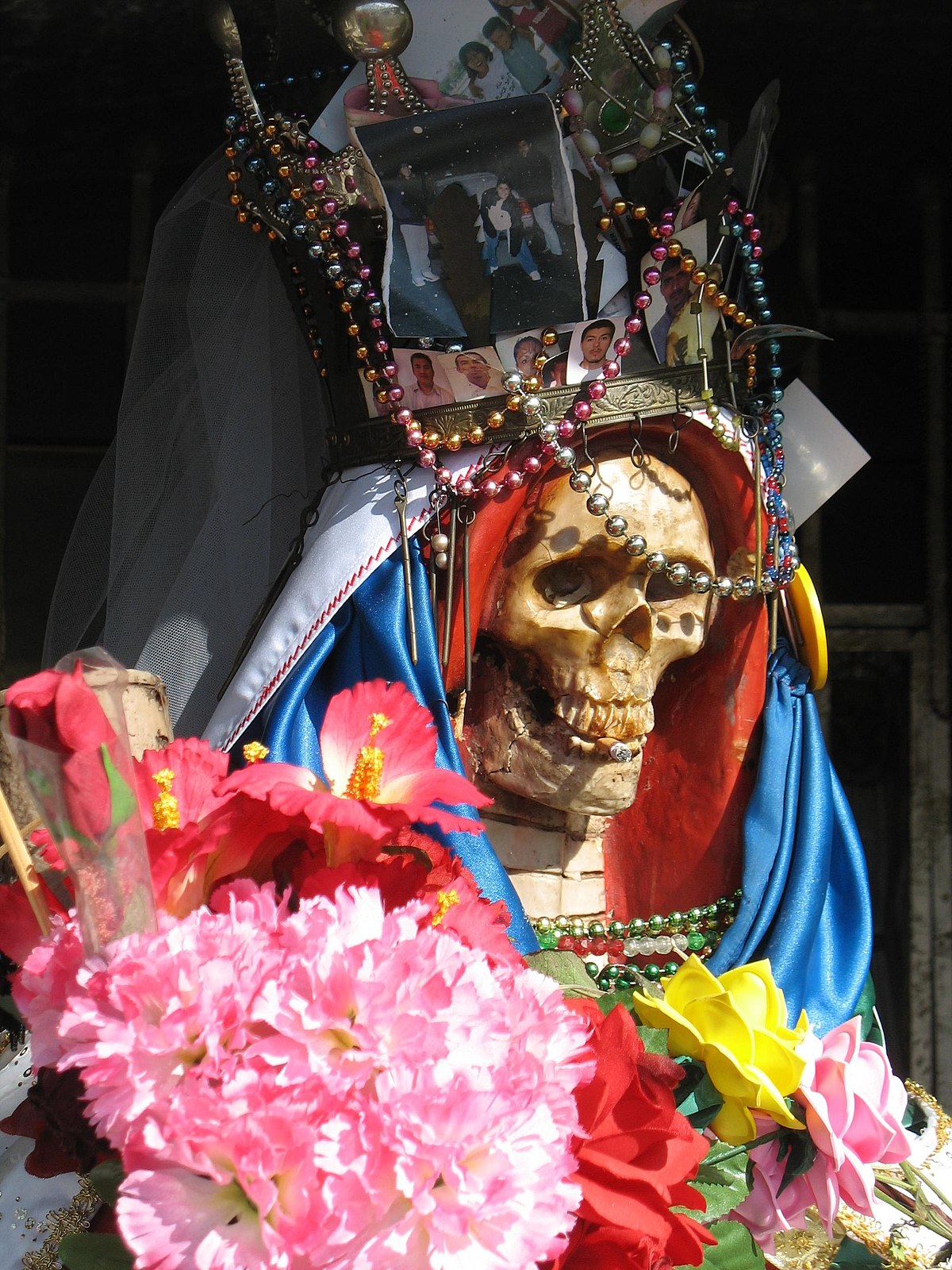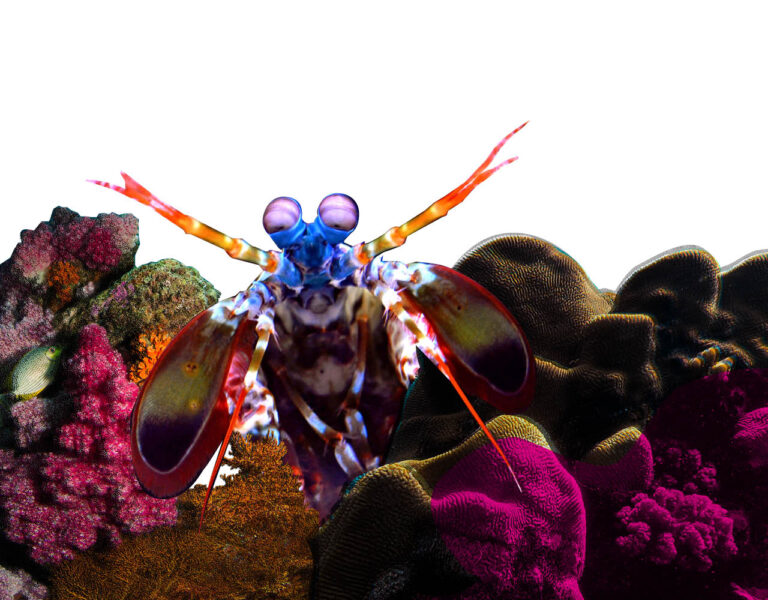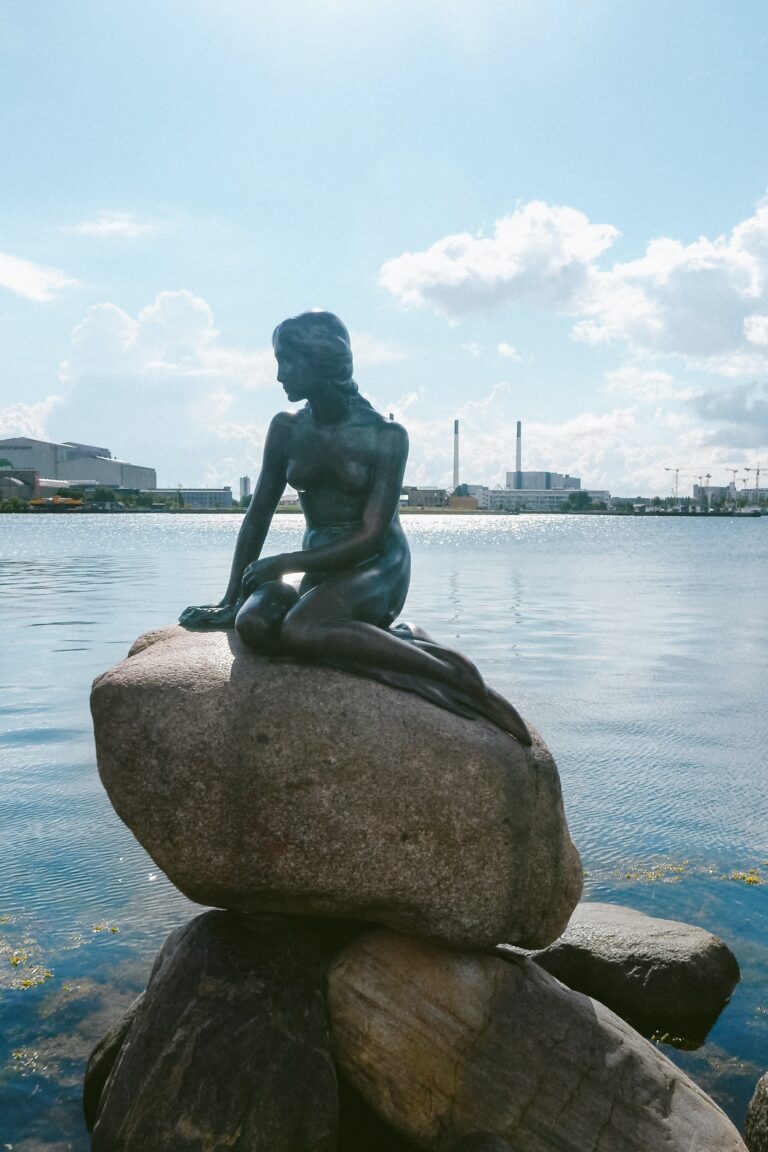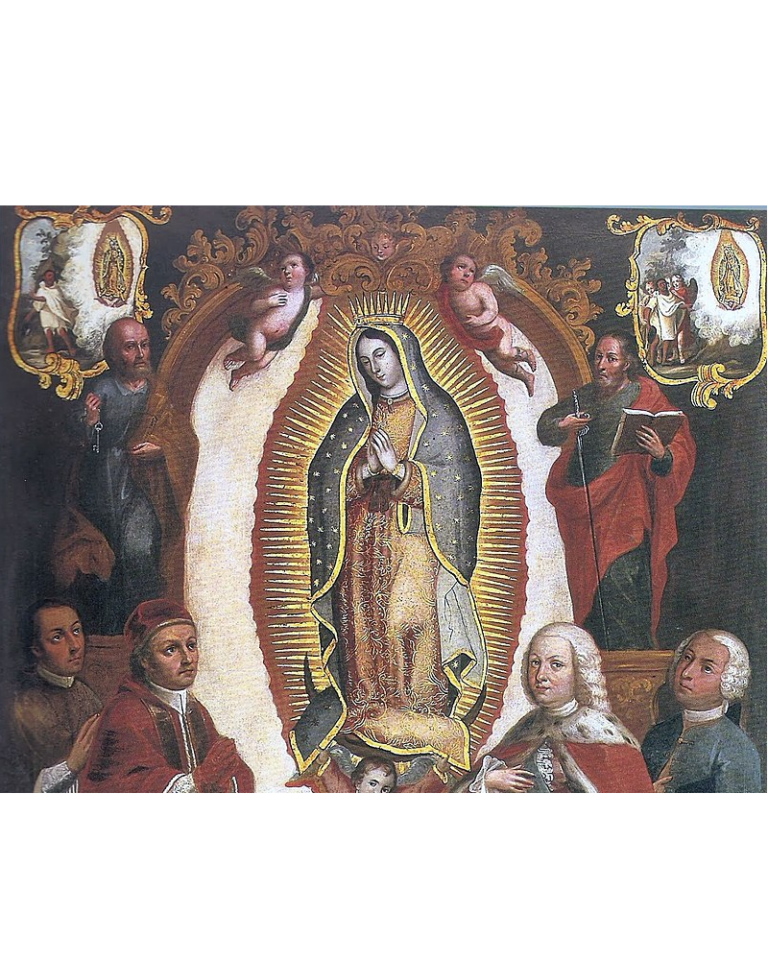Guided by Death
Santa Muerte is the saint with the grinning skull face. Her origins are foggy as are many of the origins of many Mexican folk beliefs. These practices are rooted in indigenous folklore, cultural assimilation, and forced conversion. Santa Muerte is seen as a female visage of death; a strong feminine energy, but also as a loving and just mother figure. Many people trace her origins down to Aztec death reverence, but her origins become much foggier within the roots of African Diaspora religions. Many Afro-Caribbean religions such as Santeria, Hoodoo, Vodou, and Palo Mayombe have influenced her as well, especially in contemporary society. (Kindrick, 2015)
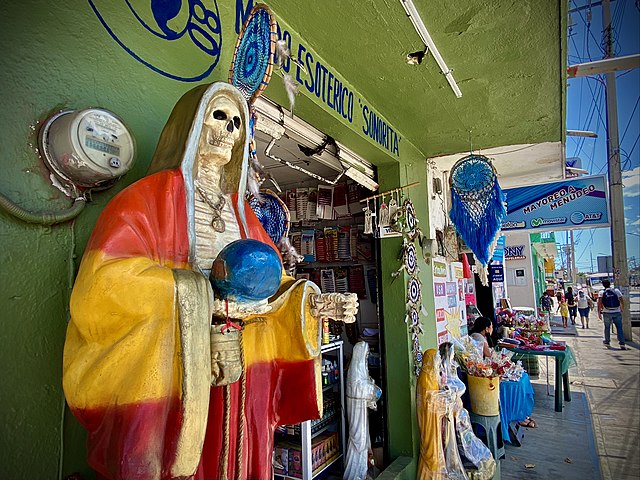
Santa Muerte appeared historically in 1797 and now has over five million followers in Mexico and a range in the tens of thousands in the United States alone. The cult of Santa Muerte is one of the fastest growing spiritual practices in contemporary society. Santa Muerte is seen as an assimilation of Aztec indigenous beliefs as well as Spanish colonial belief, but her Afro-Carribean roots are often overlooked. While indigenous and Spanish belief systems were overlapping due to colonialism; Spanish and African beliefs were also blending due to the slave trade. Mexico would become a melting pot for mixed traditions as individuals would blend various beliefs into their own individualistic ritual practices. Colonialism paints a static religious background for Mexico, but it is far from static. (Kindrick, 2015)
Blackness is often excluded from the Mexican nationality discourse, but slaves were brought to Mexico as early as 1501. Slave owners were tasked with overseeing slave religious activities though many slaves continued to practice the beliefs they brought with them in an underground and secretive setting, much like those who followed Santa Muerte in the past. (Kindrick, 2015)
African slaves as well as worshippers of Santa Muerte seek to manipulate outcomes through ritual practice which readily interlinks the practices. Mexican traditions such as Brujeria and Curanderismo which use ritual practice for healing and manipulation of outcome are heavily influenced by African traditions of Animism and spirit worship. Incorporating saints into already held beliefs is also a very ancient tradition and can be understood as having a heavy influence on folk saints and folk beliefs in Mexico. Beliefs were readily held onto as new beliefs were being instilled into the people to create this blend of practices. (Kindrick, 2015)
Santa Muerte is venerated as the pure energy of death itself, but the veneration of death can be linked to African and Indigenous veneration of ancestors that have passed. Death consciousness was never really let go of in Mexico and the Caribbean with ancestor worship and remembrance still heavily practiced today. Though the origins of Santa Muerte are a foggy and blended mess one thing is certain, that the syncretism found in Santa Muerte today brings together various people of different social, economic, and religious backgrounds into one space of unity and spiritual freedom.

